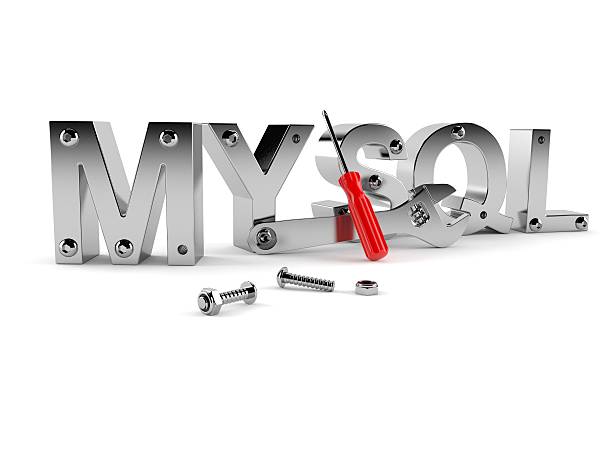

| id (INT) | name (VARCHAR(50)) | gpa (FLOAT) | We choose: INT (integer) for column id, VARCHAR(50) (variable-length string of up to 50 characters) for name, and FLOAT (floating-point number) for gpa. Suppose we have a database called studentdb, a table called class101 in the database with 3 columns ( id, name, gpa) and 4 rows as illustrated below. A table have rows (or records) and columns (or fields).A relational database system contains many databases.SQL By ExamplesĪ relational database system organizes data in the following hierarchy:

However, most of the database vendors have their own directs, e.g., PL/SQL (Oracle), Transact-SQL (Microsoft, SAP), PL/pgSQL (PostgreSQL). SQL, one of the earlier programming language, was subsequently developed by Donald D. Codd of IBM proposed the Relational Database Model in 1970. SQL defines a set of commands, such as SELECT, INSERT, UPDATE, DELETE, CREATE TABLE, DROP TABLE, and etc.Įdgar F.
#DOWNLOAD MYSQL FOR MAC FROM TERMINAL INSTALL#
If you don’t want to use Homebrew, you can install it via the Native Package Installer, which uses the native macOS installer (DMG) to walk you through the installation of MySQL. Here’s an example of a quick command you can use to see a list of databases: show databases Ĥ rows in set (0.007 sec) Alternatives to Homebrew You can now go ahead and start using MySQL. Once connected, you should see something like this: MySQL > Once MySQL has started, we can go ahead and connect to it: mysql -uroot That should eventuate in a message like this: Successfully started `mysql` (label: ) Connect to MySQL Now that we’ve installed MySQL, let’s start it using the first method listed above: brew services start mysql That message provides useful information for getting started. opt/homebrew/opt/mysql/bin/mysqld_safe -datadir=/opt/homebrew/var/mysql Or, if you don't want/need a background service you can just run: MySQL is configured to only allow connections from localhost by default Once installed, the following message appears: We've installed your MySQL database without a root password. Wait patiently while it downloads and installs everything. Now that Homebrew is installed, let’s go ahead and install MySQL: brew install mysql If you’re already up to date, you’ll get a message to that effect.
#DOWNLOAD MYSQL FOR MAC FROM TERMINAL HOW TO#
While we’re at it, here’s how to update Homebrew: brew update Xcode and Homebrew should be installed once those commands have been run.īut before we move on, here’s how to check Homebrew: brew doctorįollow any prompts to fix any problems that may have been encountered.

Install Homebrew: /bin/bash -c "$(curl -fsSL )" To install these prerequisites, open a Terminal window and run the following commands. You can skip this step if you’ve already got Homebrew installed. Seeing as I’m installing MySQL via Homebrew, it requires that Homebrew is installed. The current version (MySQL 8.0.26) supports the ARM architechure. Below are the steps that I used to install MySQL on my M1 Mac via the Homebrew package manager.Īs mentioned, this is an M1 Mac (which uses the ARM64 architecture) but that didn’t cause any issues.


 0 kommentar(er)
0 kommentar(er)
